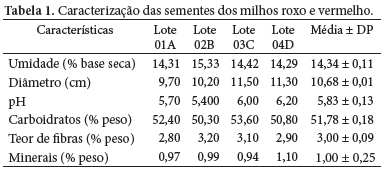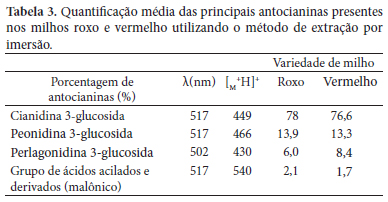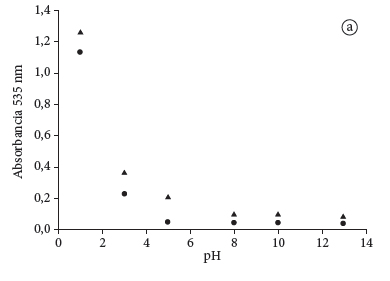Natural colorants were craftly made and widely used before the discovery of the synthetic colorants. The study and the use of natural colorants have become important again in the last few years due to questions raised by the international health organizations and consumers related to the indiscriminate use of synthetic colorants which were linked to the development of degenerative illnesses and environmental impact. The colorant extracted from purple corn (Zea Mays L.) was used by the Inca civilization to prepare food and to dye textile fibers. In this work, pigments from the anthocyanin group were extracted from purple corn and red corn (Zea Mays L.) varieties and were later characterized. Three extraction methods were used: immersion, lixiviation with some changes, and supercritical extraction (ESC). The best method of extraction was lixiviation, which reached 88% (m/m) of performance as a function of the mass of colorant extracted and of the raw materials. Also using the modified lixiviation it was possible to concentrate the acylate compounds in 3% as well as to recover 85% of solvent used. A pH indicator was obtained by fixing the anthocyanins on a filter paper based on anthocyanins stabilization. This technique can be utilized in laboratory chemistry lessons.
anthocyanins; natural colorant; purple and red corn; methods of extraction; pH












